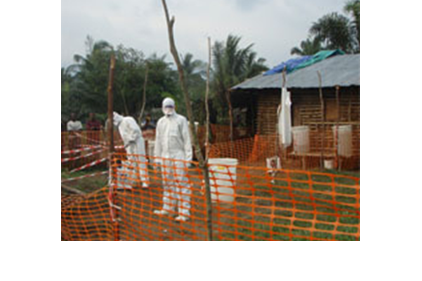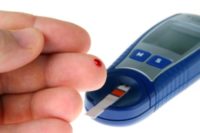The patient did not have symptoms when leaving West Africa, but developed symptoms approximately five days after arriving in the United States, according to the CDC.
Symptoms of Ebola, according to the CDC, include:
- Fever (greater than 38.6°C or 101.5°F)
- Severe headache
- Muscle pain
- Weakness
- Diarrhea
- Vomiting
- Abdominal (stomach) pain
- Unexplained hemorrhage (bleeding or bruising)
Symptoms may appear anywhere from 2 to 21 days after exposure to Ebola, but the average is 8 to 10 days.
Recovery from Ebola depends on the patient’s immune response. People who recover from Ebola infection develop antibodies that last for at least 10 years.
In the Texas case, the person sought medical care at Texas Health Presbyterian Hospital of Dallas after developing symptoms consistent with Ebola. Based on the person’s travel history and symptoms, CDC recommended testing for Ebola. The medical facility isolated the patient and sent specimens for testing at CDC and at a Texas lab participating in CDC’s Laboratory Response Network. CDC and the Texas Health Department reported the laboratory test results to the medical center to inform the patient. Local public health officials have begun identifying close contacts of the person for further daily monitoring for 21 days after exposure, stated the CDC.
The ill person did not exhibit symptoms of Ebola during the flights from West Africa and CDC does not recommend that people on the same commercial airline flights undergo monitoring, as Ebola is only contagious if the person is experiencing active symptoms. The person reported developing symptoms several days after the return flight, according to the CDC.
CDC stated that it “recognizes that even a single case of Ebola diagnosed in the United States raises concerns. Knowing the possibility exists, medical and public health professionals across the country have been preparing to respond. CDC and public health officials in Texas are taking precautions to identify people who have had close personal contact with the ill person and health care professionals have been reminded to use meticulous infection control at all times.”
The CDC further explained in a prepared statement: “We know how to stop Ebola’s further spread: thorough case finding, isolation of ill people, contacting people exposed to the ill person, and further isolation of contacts if they develop symptoms. The U.S. public health and medical systems have had prior experience with sporadic cases of diseases such as Ebola. In the past decade, the United States had five imported cases of Viral Hemorrhagic Fever (VHF) diseases similar to Ebola (1 Marburg, 4 Lassa). None resulted in any transmission in the United States.”




